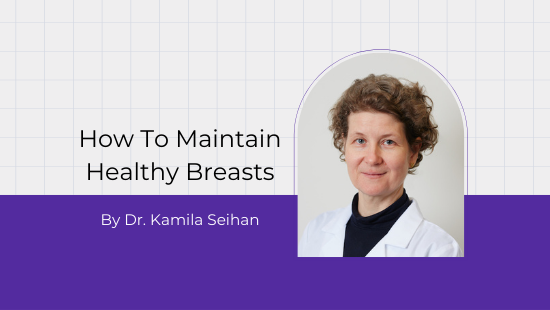
How To Maintain Healthy Breasts
How To Maintain Healthy Breasts
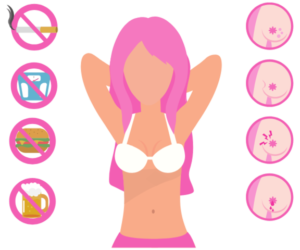
While there is no consensus on the cause of breast cancer, there is sufficient scientific evidence on what can reduce the risks of developing it. The influence we have regarding the ability to promote healthy breast tissue or reverse abnormalities are very high – more than 80%.
Like most of body’s processes, it is a collective effort and the result is directly related to our consistent practice of healthy habits. So let us engage in a proactive mindset and take positive actions, there is no need to live in fear. Breast cancer is by far the most common cancer in women in the world, both in developed and developing countries. According to WHO, the incidence has been rising steadily, especially in developing countries due to increase in urbanization and adoption of western lifestyles.
Does that make you wonder?
Here are 15 decision points that you can control on a daily basis that will reduce your risk.
Action 1 – Avoid PLASTIC
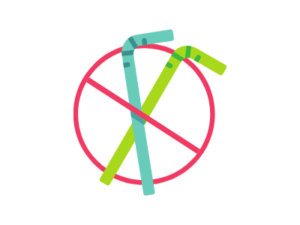
BPA (bisphenol A) and Phthalates are xeno-esterogens and cancer promoters. Xeno-estrogens are chemicals that imitate estrogen in the body with hazardous outcomes. Main sources of xeno-estrogens include plastics and pesticides. Cooking with anything plastic, heating and storing food in plastic, even squeezing plastic condiments bottles releases xeno-estrogens and phthalates into your food. Use stainless steel, glass or wood, the benefit will extend far beyond your kitchen.
Action 2 – Avoid HIGH FRUCTOSE CORN SYRUP
High fructose corn syrup is man-made, genetically modified substance that it is extremely destructive to our health. It can only be metabolized by the liver and as such, once ingested, it monopolizes the activity of the liver leaving other important detoxification processes unaddressed. Please, read your labels and avoid it like a Plague!
Action 3 – Avoid TRANS FATS
Trans fats are man-made artificially hydrogenated fats labeled as “partially hydrogenated oil” on food packages. They are used in processed foods and convenience foods. They block the action of good fats, damage blood vessels and increase the risk of cancer (and heart disease). High in omega 6 fats, they create inflammatory prostaglandins in the body thus increasing free radical mediated DNA damage. Please, read your labels and avoid them.
Action 4 – Limit ALCOHOL
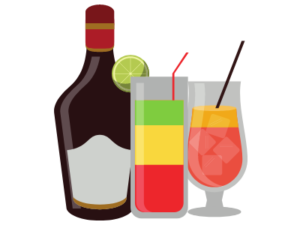
Enjoy your life but limit alcoholic drinks to 4 per week on average. All types of alcohol increase circulating levels of estrogens. Scientific literature shows that consuming more than one alcoholic beverage per day has a direct correlation with cancer risk. In addition, excessive alcohol will increase the acidic state of the body which is an environment that can promote cancer.
Action 5 – Use GREEN TEA
Green tea contains large amounts of various flavonoids, EGCG being the most abundant. EGCG has been shown to inhibit estrogen-induced breast cancer cell proliferation. Be cautious with caffeine however, daily intake should not exceed 250 mg (tea or coffee). Caffeine alters the p53 suppressor gene which is key in inhibiting abnormal precancerous cell growth. If you don’t enjoy drinking green tea, you can take a supplement (e.g. decaffeinated green tea extract).
1 cup of regular green tea = 35 mg caffeine
1 cup of Matcha = 250 mg caffeine
Regular coffee = 120 mg caffeine
Starbucks venti = 400mg (yikes!!!)
Action 6 – Limit SUGAR
Excess sugar, and uncontrolled high insulin that results, both feed cancer cells. Further, excessive sugar and insulin suppress the immune system thus disabling repair of errors in DNA which is how cancerous cells is able to grow. Occasional treat is not a problem but in general, simple sugars should be specially limited. Be mindful of complex high glycemic index carbohydrates that may be hiding in your diet.
Action 7 – Eat clean PLANT BASED diet
Studies show us over and over again that relying mostly on plant based diet is much better for our health including cancer prevention. Additionally, growth hormones and antibiotics that plague the animal food industry are more dangerous than pesticides and herbicides on fruits and vegetables. Choose organic if you can. Otherwise look for fruit and vegetable wash that naturally cleans chemical residue on conventionally grown produce.
Action 8 – Eat CRUCIFEROUS VEGETABLES daily
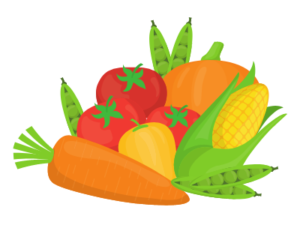
The active compound in these vegetables is indole 3carbonal which gets converted to diindolylmethane (DIM) that has been shown to rid the body of excess estrogen. DIM also aids the liver in converting estrogen into beneficial estrogen metabolites. Thus influencing the hormone balance, cruciferous vegetables reduce the risk of many different types of cancer including prostate cancer in men. Consume one cup raw or 1⁄2 cup cooked daily.
Action 9 – Eat 35 grams of FIBER daily
In the bowel, fiber binds and helps to eliminate used-up estrogens that are no longer beneficial. Constipation to any degree puts breast health at risk. The longer the stool lies in the colon the more of these used-up estrogens (and other toxins) are reabsorbed and then recirculated in the bloodstream. Additionally, fiber feeds the cells in the bowel lining which comprises 70% of the immune system. Healthy immune system is a key to cancer free health. Rely mostly on vegetables, legumes, seeds and nuts as a source.
Action 10 – Drink 2 liters of clean WATER daily
Water is the basic elixir of life. It flushes toxins from the liver and the kidneys and helps to burn fat efficiently. Water should come from a good filtered source such as a home reverse osmosis or micro pore system. These systems are inexpensive and remove toxins, pesticides, herbicides, drugs and chlorine from water. Drink your water from stainless steel or glass, not plastic. Plastic bottles are made of BPA and phthalates and leak these toxins into the water. Bisphenol A is a known cancer promoter and should be aggressively avoided.
Action 11 – EXERCISE daily
Exercise increases the oxygen content in the tissues which is an unfavorable environment for cancer cell growth. Studies show that the more intense the exercise the more inhibitory the effect on cancer cell growth. Further, vigorous exercise leads to sweating which is an excellent way to remove toxins, including heavy metals, from the body. Exercise also aids in efficient fat burning; the link between obesity and increased risk of cancer is well established.
Action 12 – Guard your SLEEP
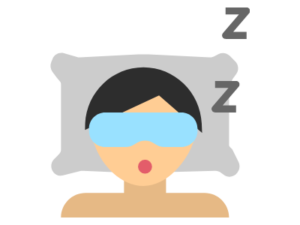
Lack of sleep leads to increased inflammatory cytokines and poor immune function. Healthy immune system is a key to cancer free health. In addition, sleeping 5 hours or less per night increases the risk of obesity by 73%. Obesity is directly linked to increased risk of cancer. Sleep is critically important so don’t take your sleep cycle for granted. Get help if this is a problem for you.
Action 13 – Manage STRESS
Unremitting stress will cause chronic release of the stress hormone cortisol, leading to inflammation and poor immune function. Healthy immune system is a key to cancer free health. Make your best effort to manage your stress. Get help if this is a problem for you.
Action 14 – Avoid PETROCHEMICALS
Petrochemicals include: all plastics, all pesticides and herbicides, solvents, glues, cosmetics, nail polish and nail polish removal, dry cleaning chemicals, emulsifiers and waxes in personal care products. We can not live in a bubble but we can choose to reduce exposure as much as possible by choosing all natural products.
Toxic Ingredients to avoid – Read your labels!
-Parabens (methyl, propyl, butyl, isobutyl, ethyl)
-Mineral oil (petrolatum, petroleum, paraffin)
-Propylene glycol / butylene glycol
-Silicone (dimethicone, cyclomethicone)
-Dibutyl phthalate
-1.4-Dioxane ***
-BHT (butylated hydroxyl-toluene)
-BHA (butylated hydroxyanisole)
-Benzalkonium chloride
-Benzethonium chloride
-Triclosan / Triclocarban
-DEA (diethanolamine)
-MEA (monoethanolamine)
-TEA (triethanolamine)
-Talc
*** Dioxane won’t appear in ingredients! Key words to look for and avoid are “anti-bacterial”, “emulsifier”, “PEGs” and “SLS”
Action 15 – BREAST-FEED your child
At least give it a try, if you can. It is not only great for your baby but also for the health of your breasts. There is strong scientific evidence that breast-feeding reduces the risk of premenopausal and postmenopausal breast cancer. Breastfeeding longer than the recommended six months can provide additional protection.

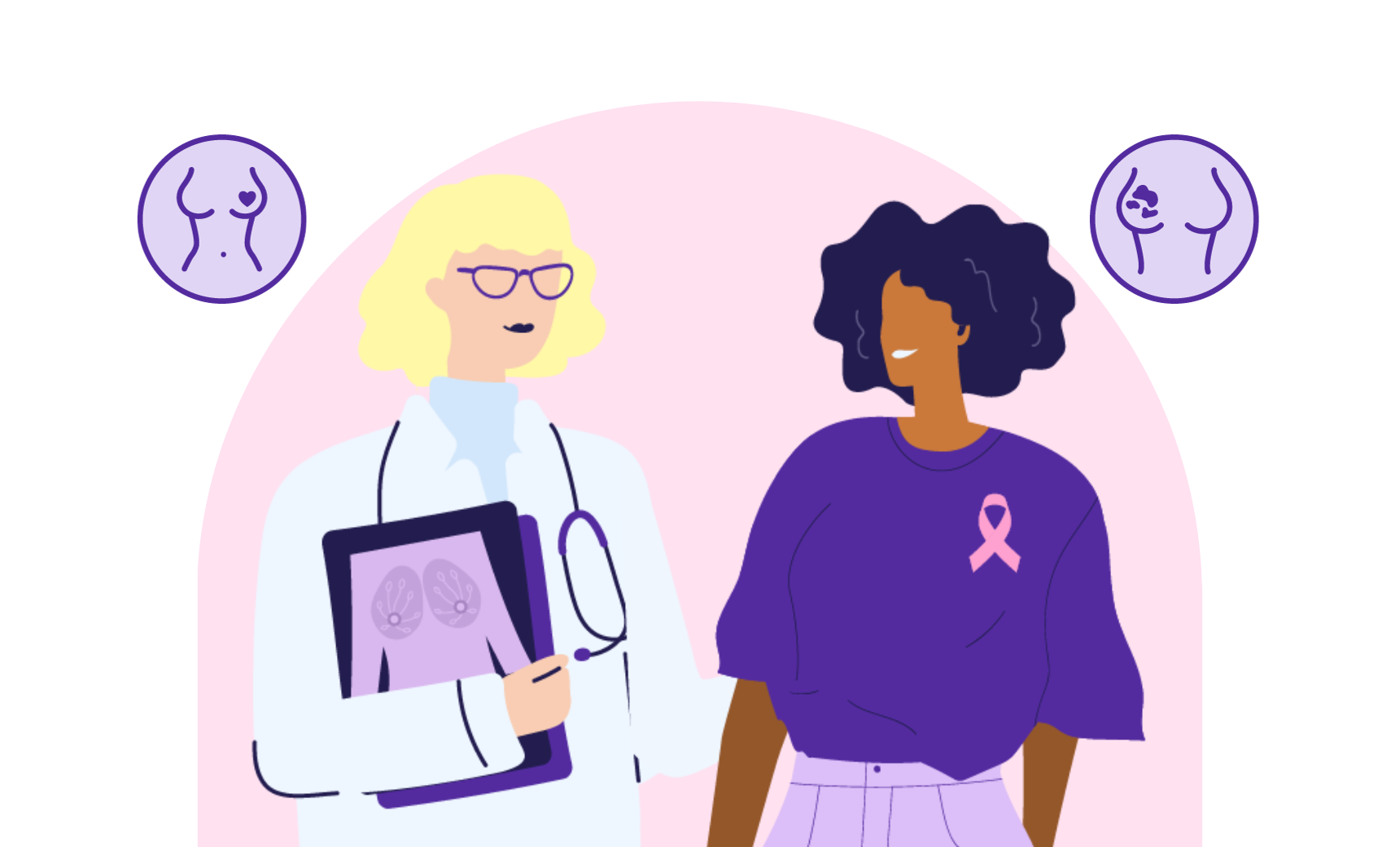
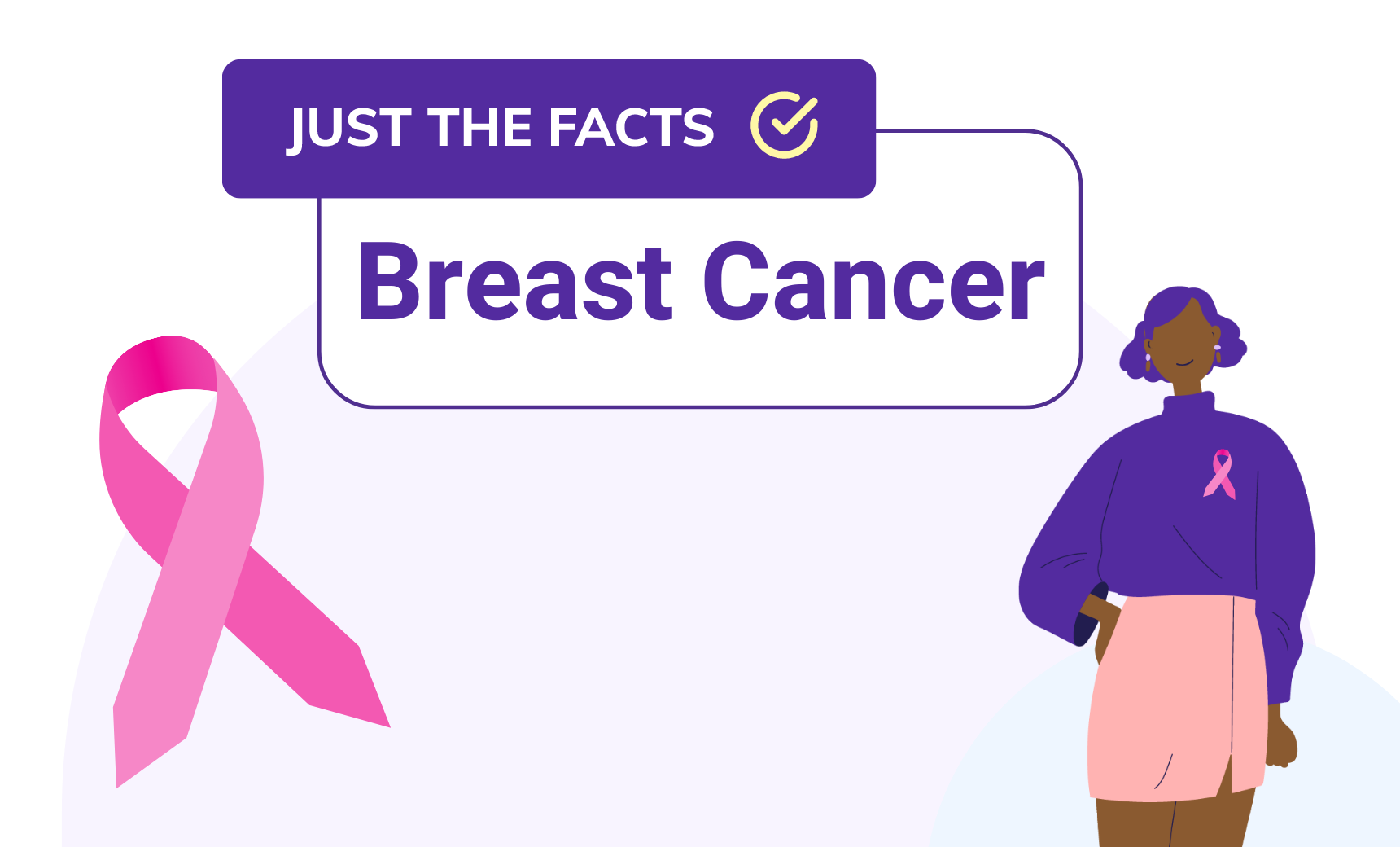

Brian Tidal
The LabFinder Editorial Team is behind The Illuminator and The Insider, LabFinder’s consumer and business blogs.
Dr.Robert Segal
Dr. Segal is CEO and co-founder of LabFinder, as well as a board-certified cardiologist. He began practicing medicine in 2002 and has founded several businesses, including Medical Offices of Manhattan and Manhattan Cardiology.